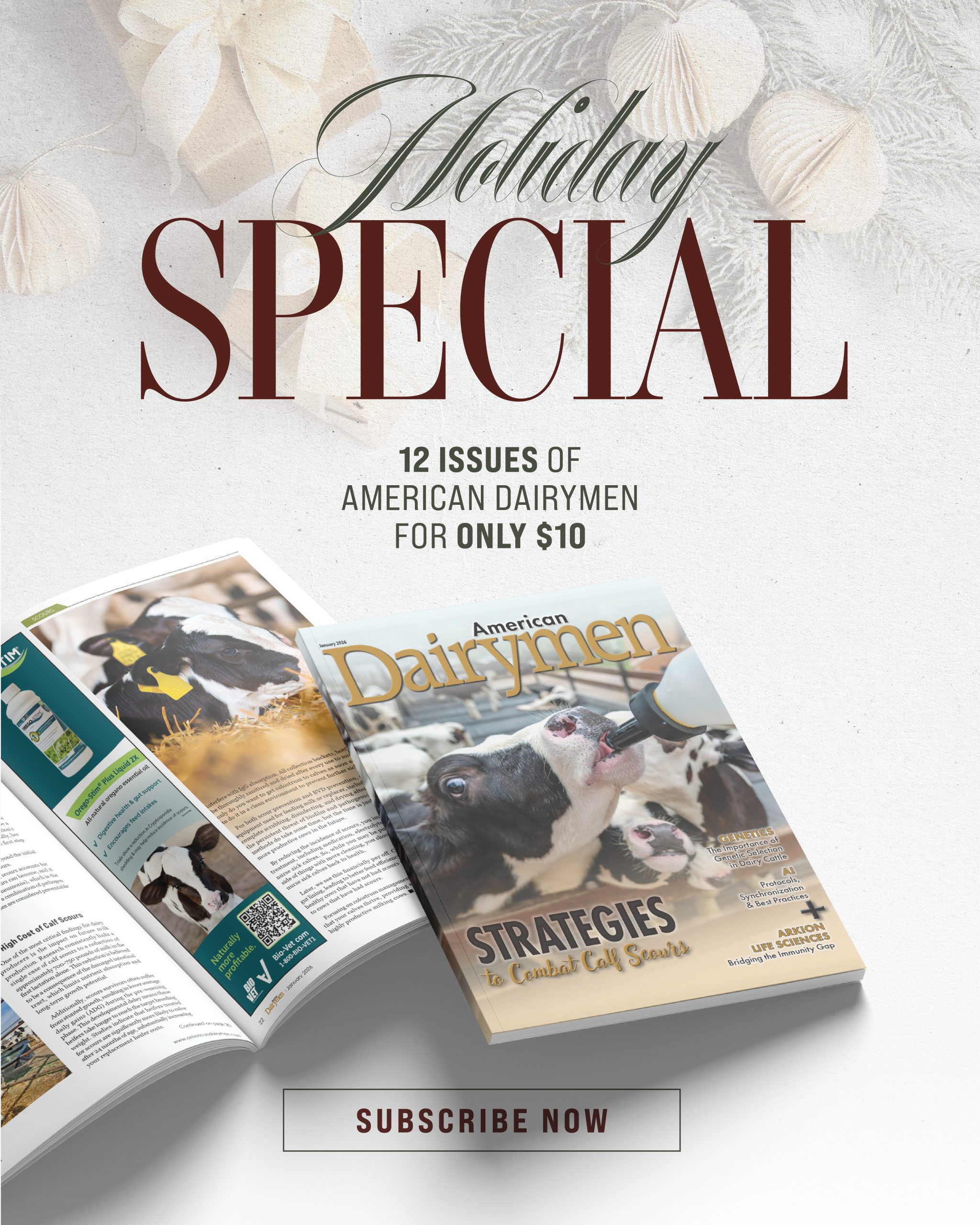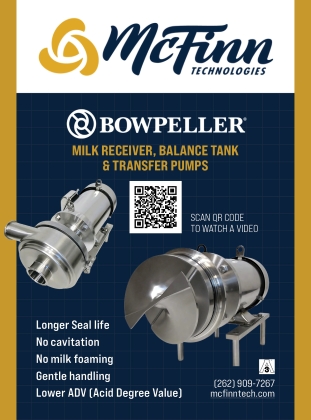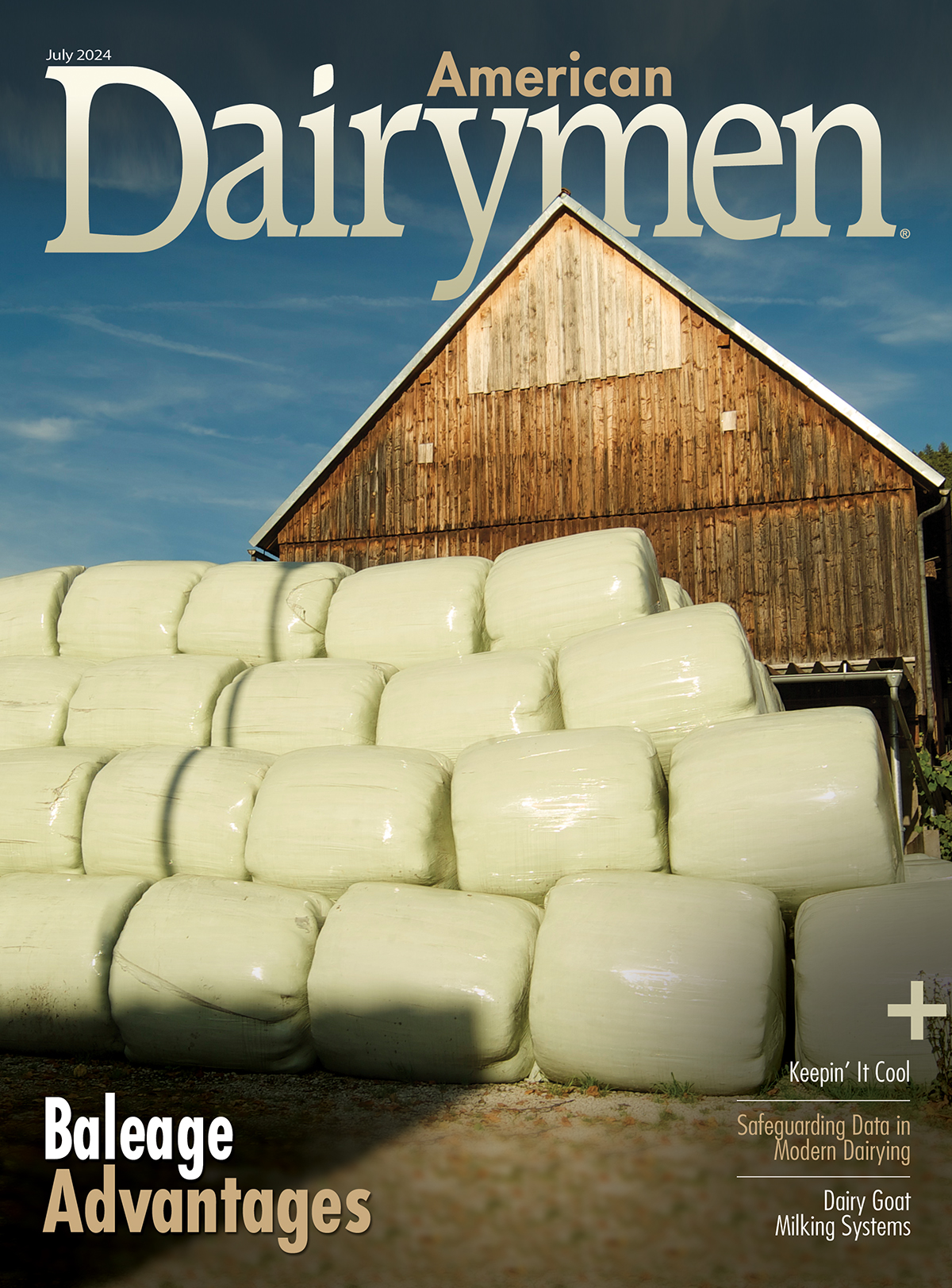Check Out Our Current Issue!

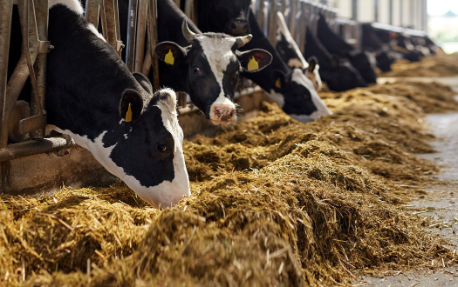
Volac Internationals’ Journey of Innovation
Volac International Ltd: A Journey of Innovation and Growth in the US Market Volac International Ltd, a pioneer in ruminant nutrition and agri-products, has carved a remarkable niche for itself in the global agricultural landscape. With a history spanning more than five decades, Volac International Ltd.’s expansion into the United States market and its recent […]
READ MORE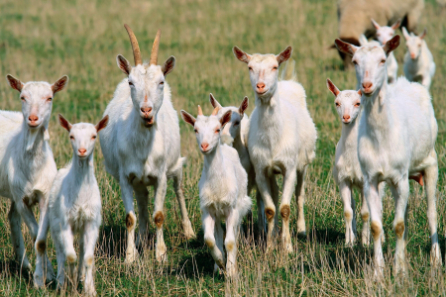
What is VCPR
What is a VCPR: And Why Do You Need One? The impact of animal health on a dairy goat herd is important in that it can mean the difference of a very healthy to a not so healthy herd and everything in between. A health veterinary – client relationship is key to a healthy herd. […]
READ MORE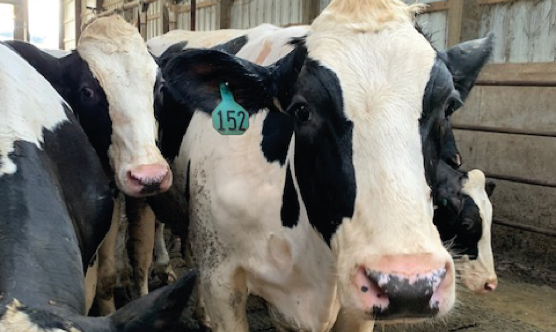
LRP Matting High-Quality Mats
LRP Matting High-Quality Rubber Mats Boosting the well-being of both humans and animals, LRP Matting has a solution for every surface and every size. LRP’s American-made rubber mats are produced from the highest quality rubber, ensuring optimal levels of protection and comfort for dairy cows, beef cattle, horses, and other livestock. Since 1971, LRP Matting […]
READ MORE
CRV Help Produce Top Tier Herd Genetics
CRV – Proudly Helping Producers Achieve the Best Possible Herd Established in 1874, CRV has held a steadfast belief that better cows are the key to a better life for producers, their herds, and the environment. With over a century of experience as a cattle improvement cooperative of 23,000 dedicated farmers in the Netherlands and […]
READ MOREFeatured Story
Regenerative Agriculture on a Dairy Farm
Paul and Erin Kernaleguen are dairy farmers and soil consultants near Birch Hills, Saskatchewan, committed to regenerative practices in growing forage for their cattle. They farm with Paul’s Parents, Jos and Brenda.
“We were a very conventional dairy operation until 2012 when we started looking at doing some things differently because our weather was super-wet for a couple years. Our average annual precipitation is about 12 inches of moisture, but we’d had two years in a row with about 40 to 50 inches, which made farming extremely difficult!” says Paul.
Twin Rivers Media
Publisher of American Cattlemen and American Dairymen magazines. Founded over 30 years ago, Twin Rivers Media serves the information and marketing needs of America’s beef and dairy producers.
In addition to our industry leading print magazines, Twin Rivers Media is a comprehensive multi-media communications company reaching producers and suppliers across all media channels.


